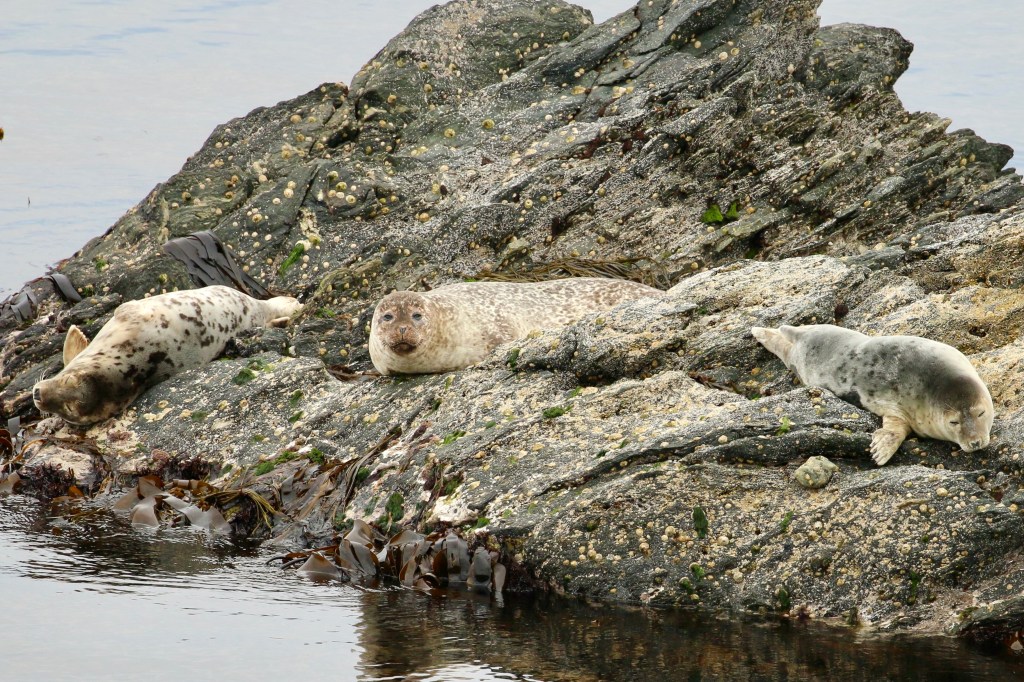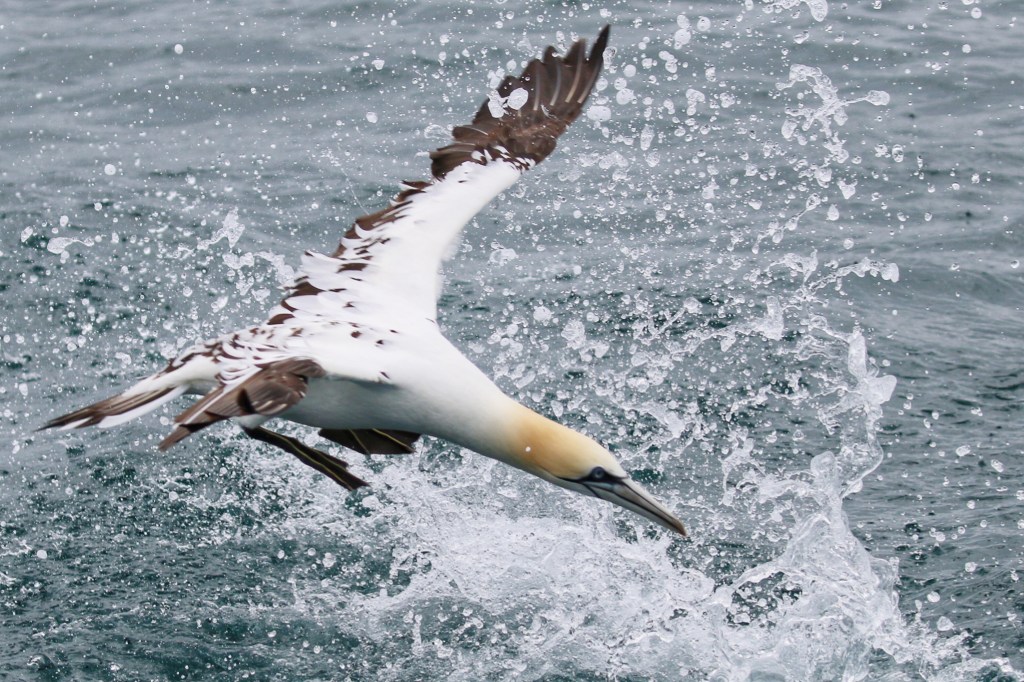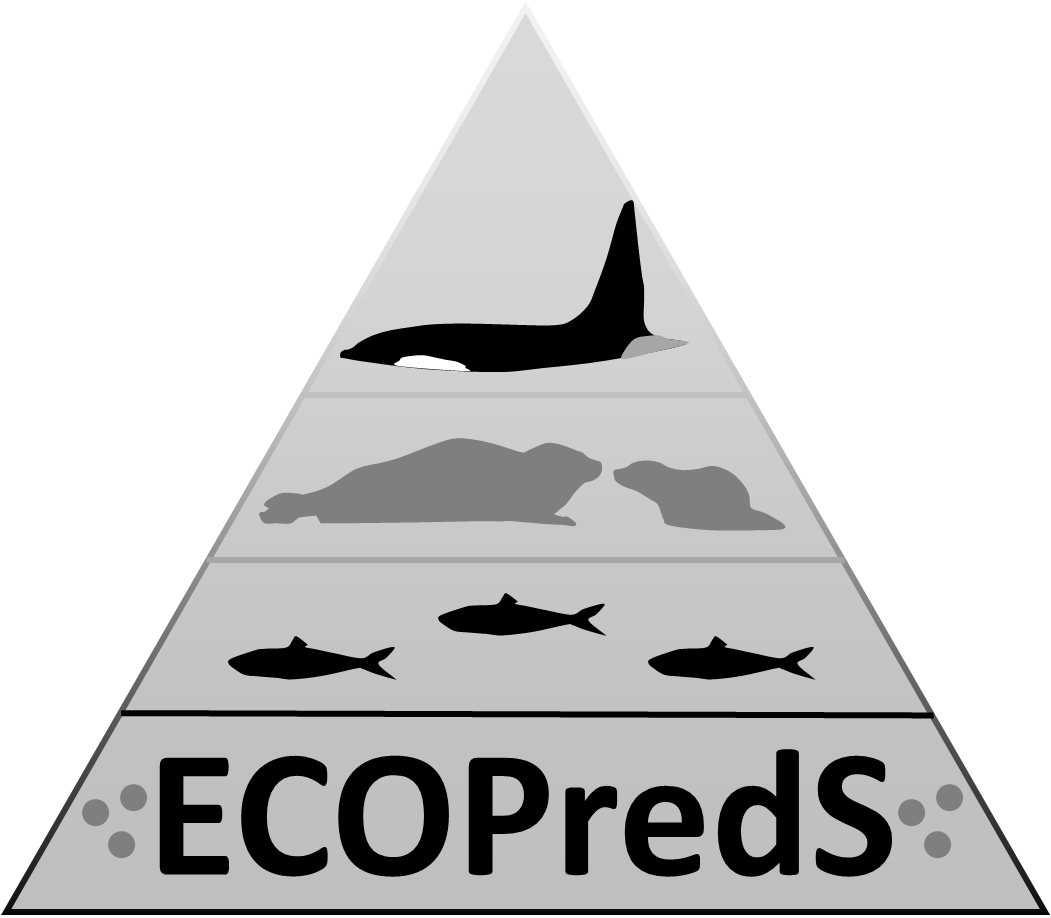Blog post by Julia Sutherland
It’s hard to believe we’ve now passed the half-way point of my time here in Shetland. The killer whales still haven’t made it this far north (the 27s pod have been patrolling Orkney after being sighted off north-coast mainland Scotland earlier in the week), so we’ve continued our monitoring of seal haul out sites and taken time to enjoy all the wildlife spectacles Shetland has to offer.

In my previous blog post, I wrote about collecting baseline data on the distribution and behaviour of harbour and grey seals around the coastline of Shetland in the absence of killer whales. When visiting sites we’re careful to keep our distance, using binoculars (I use 10×42) to monitor from a vantage point nearby so as not to disturb resting and breeding seals. Some sites host just a couple of seals, with others as many as 50 or more. With Shetland’s rugged coastline, it can sometimes be challenging to spot well camouflaged seals hauled out amongst rocky skerries, let alone correctly identify the species. Taking photographs with a zoom lens can help distinguish between seal and rock, and harbour and grey seal. If you are submitting seal counts via our citizen science effort forms, please don’t hesitate to send in accompanying pictures for our opinion if you’re unsure of species ID.


In between seal monitoring, we’ve managed to fit in some wonderful wildlife encounters. Sumburgh Head has spoiled us with views of cliff nesting puffins, and Matt and I joined Karen Hall (Nature Scot, one of my PhD co-supervisors)on board a trip with Hugh Harrop (Shetland Wildlife, local wildlife expert) to Noss National Nature Reserve. Noss NNR is home to thousands of seabirds, including gannets, guillemots, puffins, fulmars and skuas – a photographers paradise.


As we enter the final couple of weeks of fieldwork, Matt and I will continue to collect valuable data at seal haul out sites, keeping eyes peeled on the horizon for any fins that might appear.
If you’re interested in contributing data to the project, please do check out our citizen science page or contact us at ecopreds@st-andrews.ac.uk.
To keep up to date with project information you can also follow our facebook page https://www.facebook.com/ecopreds and I will be posting photos of our wildlife encounters on my Instagram https://www.instagram.com/jujuwildlife/
Ta for now!
Julia
